Last week, an Air Baltic A220 crew had a dual engine shut down, when they landed. Why? A Mentour reader kindly gave us some key information!
We covered this incident a few days ago. Nobody got hurt, the A220 coming to a safe stop after its engine shut down. A minor titbit we neglected to mention previously, is that the A220 features electrically-actuated brakes. So even sustained use of differential braking, would not have been an issue. The Air Baltic crew even used a high-speed exit, to clear the runway in Copenhagen (EKCH).
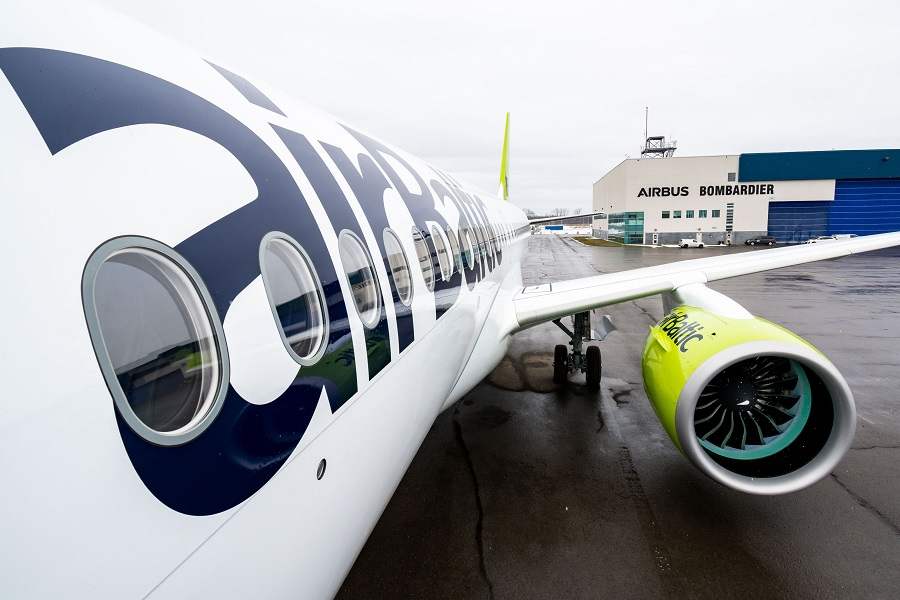
After the dual engine shut down on the 11th, this A220 (tail No YL-AAQ) stayed in Copenhagen until the 16th.It then returned to service, after a positioning flight to Riga (EVRA), in Latvia. And it appears to have been in regular service since. But what sequence of events could have caused such an incident in the first place? Well, in the first article, we included this:
“Some suggest that there are conditions in which the detection of a malfunction could command an engine shut down [in an A220], when the weight-on-wheels sensors show that the plane has landed.”
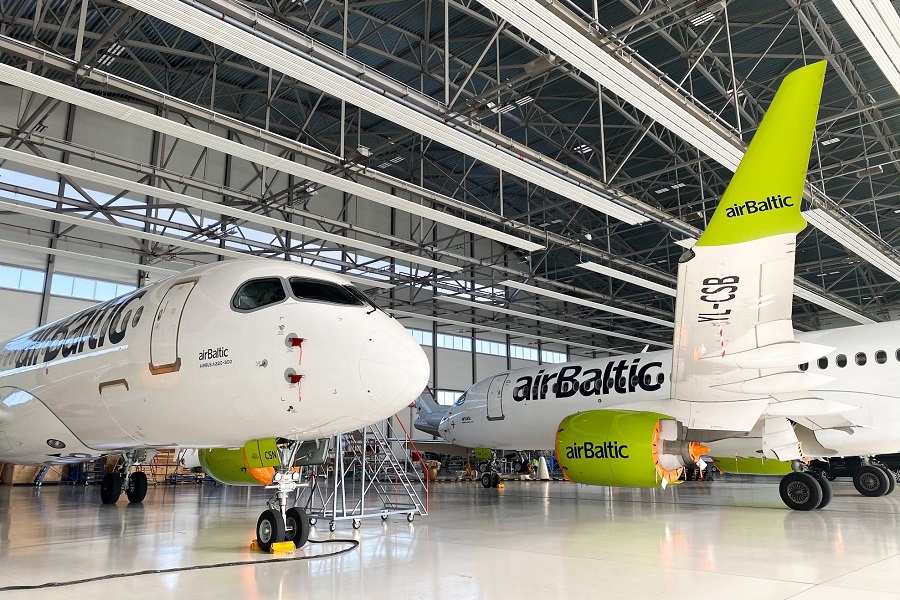
Explaining the A220 Engine Shut Down On Landing
We phrased the above information rather vaguely, because we couldn’t confirm it. Again, other aircraft (with engines from other manufacturers) have had similar incidents. But we were unable to find more concrete information. Fortunately, MentourPilot has amazing followers and readers. And one of them (who prefers to stay anonymous) gave us some very insightful information, from Air Baltic.
We now know that the A220 crew knew they had an issue, well before the dual engine failure. Shortly after descent, they received an R THROTTLE FAIL master caution. The Air Baltic crew completed the relevant Non-Normal Checklist (NNCL) and continued their approach. Then as soon as the plane’s sensors knew the plane touched down, the A220 had a dual engine shut down. At that time, the pilots got a DUAL ENGINE FAIL master warning.
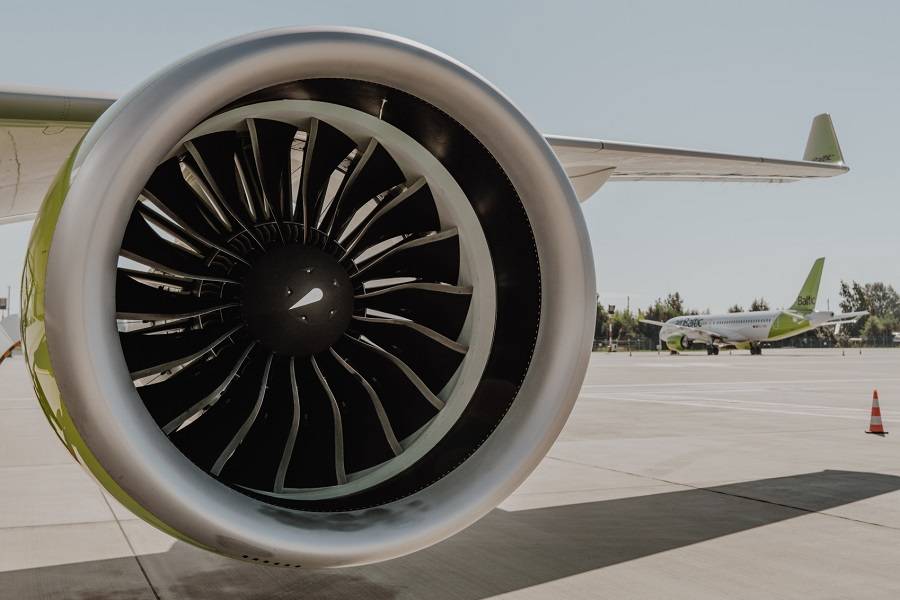
The airline later provided more information on this event to its crews, including the following:
“A220 aircraft have a Thrust Control Malfunction Accommodation (TCMA) feature in the engine FADEC to preclude Uncontrolled High Thrust events. This feature is limited to on ground/weight on wheels operation during take-off and landing, to prevent a potential [runway] excursion by an undesired high thrust application.”
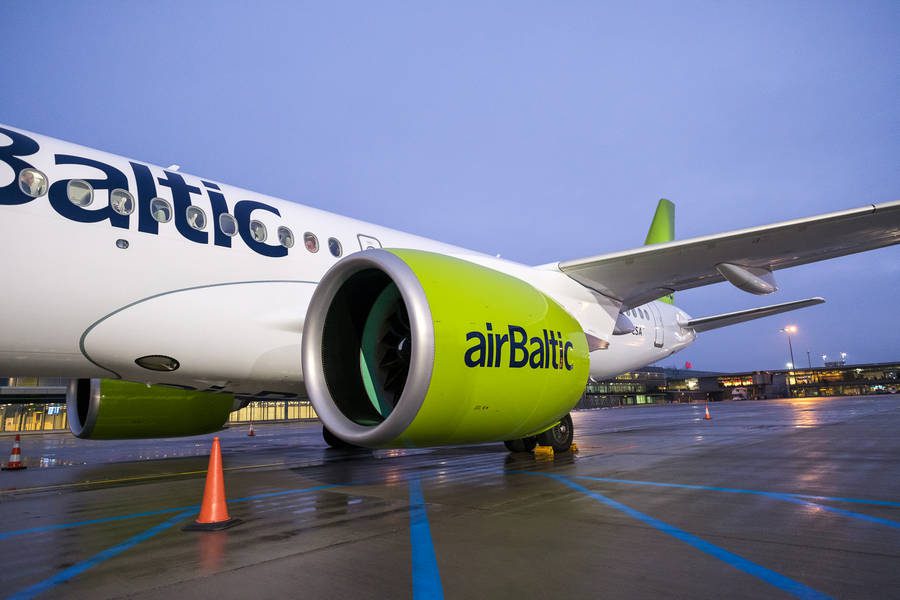
Dealing With Misbehaving Engine Controls
Air Baltic’s briefing continues, to explain that if the throttle system doesn’t have full control of the engine, and the engine has high thrust or increasing thrust, “a TCMA event will be latched”. In the air, pilots will perform the relevant non-normal checklist. Among other actions, this will direct A220 crews to shut down the relevant engine, if they can’t control its thrust.
On the ground, the concern is that an engine in this scenario could produce more than idle thrust. So after a Thrust Control Malfunction in the air, the A220’s system logic will shut down that engine on landing. Air Baltic goes on to state that Airbus will soon release more information on this matter. This will likely include changes to the Quick Reaction Handbook’s related non-normal checklist.
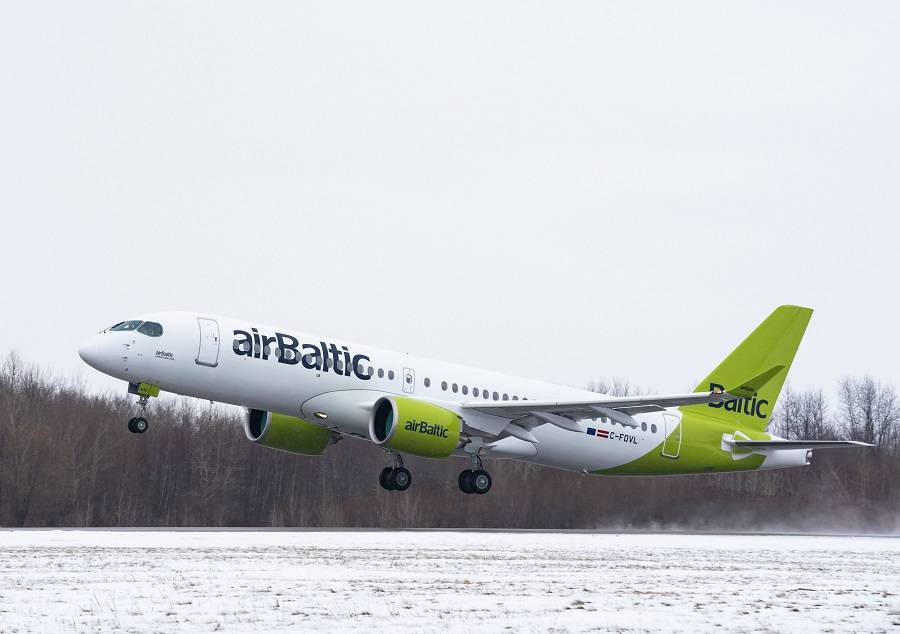
Until these official changes come, Air Baltic briefed its crews on what to do in similar situations in the future. And crucially, the document tells Air Baltic’s A220 crews to expect an engine shut down when the plane detects weight-on-wheels, after they’ve had a L or R THROTTLE FAIL master caution event in the air.
This certainly helps us understands how this event happened. We will now wait to hear from Airbus, who could soon issue a relevant Service Bulletin for all A220 operators. Once again, we wish to thank our reader for this insight into this event!




2 comments
Donald W
I don’t fly this type, but I have flown a 320. Is there no provision for the pilot to disconnect the automated control of the aircraft and fly the plane manually?
It seems absurd to me that the automation controls your life without artificial intelligence to go with it.
Robert Murray
Why brief the pilots on what to do if the automation fails when you could tell them to shut down the engine as soon as it’s safe to do so. OK maybe on take-off if one engine is truly beyond control the system would dump them both. And, with all the redundancy, how tough is it to maintain thrust control even if the system loses one of three isolated control paths? If you’re going to embrace automation, just cut to one pilot whose job it is to watch for system malfunctions and to look ‘in charge’ for the customers. If Space-X can go from launch to ISS dock fully automated, why not airplanes?